California buckwheat seedling (Eriogonum fasciculatum)
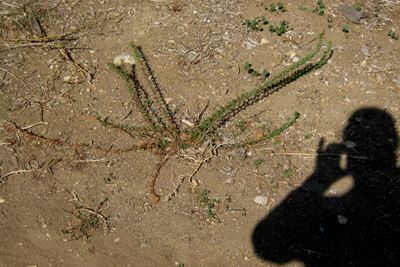
But not all is perfect in the park. Weeds continue to be a difficult problem. Here you can see the castor bean (Ricinus communis) seedlings coming up in great number. On Saturday we spent time clearing several areas of these pesty weeds.
Castor bean (Ricinus communis)
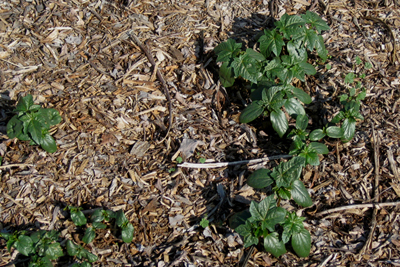
I am reading a book on vegetation restoration, Bringing Back the Bush, written by Joan Bradley, an Australia woman, who worked with her sister Eileen Bradley battling weeds in the Australian bush. The climate and plant types found there are quite similar to our chaparral and coastal sage scrub. We can learn much from their experience. They have come up with three basic principles for what they call the Bradley method and these are: 1) start from the non-weedy areas (if there are any) and work from there out; 2) work with great care to create as little disturbance while weeding as possible; and 3) do not over clear.
Milk thistle (Silybum marianum) is another opportunistic weed.
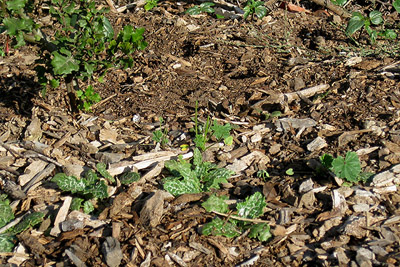
We have made some mistakes according to the Bradley method, but we should try to implement their methods in the future because they have found them to work, and they make sense. The general idea is that weeds win in disturbed environments. Over clearing an area makes it perfect for aggressive, invasive weeds to take control. Disturbance also tips the scale in favor of weeds. The idea is to work with nature by removing weeds while encouraging native vegetation to get a foothold because weeds have more difficulty competing with natives in undisturbed sites.
I would like to apply this idea by having individuals adopt areas that have some native plants and then work out from their areas. One spot might be near the sycamore circle. There is the remains of an ailanthus (tree of heaven) forest in this area. If several people focus only on that area, then eventually the massive root system will be depleted of nutrition and will begin to decompose.
A second area is south of the water retention basin. The castor beans were particularly thick in this area. We removed many seedlings this Saturday, with less disturbance to the site since they were young and easy to pull. We need to make sure no castor bean grows to reproductive size. By allowing the seeds in the soil to germinate and then removing them, we will eventually deplete the seed bank. At the same time we need to plant or encourage native plants to get going so that they will keep the area natural.
A third area is near the newly planted kiosk in the center. The native buckwheat (Eriogonum fasciculatum) in this area is seeding around. Rather than planting the whole central mound, let's start by the kiosk and gradually move towards the golf course. Datura (Datura wrightii) is a native disturbance plant that one expects to find in disturbed areas where non-native weeds haven't completely dominated. Many are coming up in this central area so we need to protect and encourage them.
So pick your spot and keep at it, and as always, enjoy the Nature Park.
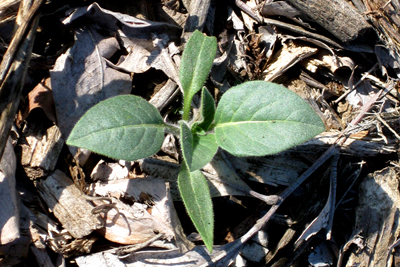
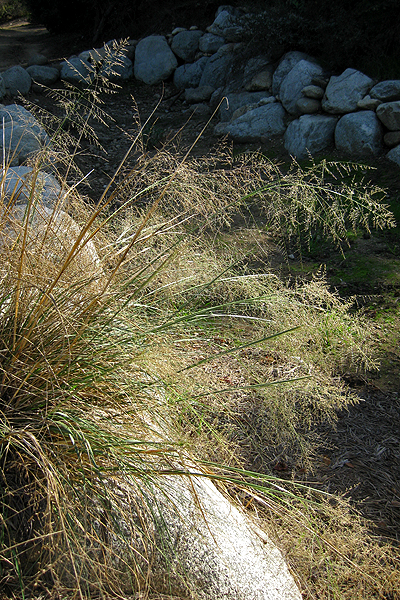
No comments:
Post a Comment